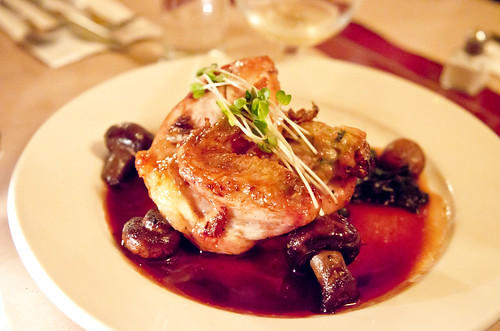
For
Americans who visit Spain, the concept of a siesta, or a midday nap may seem
very strange indeed. Americans are known for living fast-paced and very hectic
lives with little, if any downtime. However, for those who embrace the concept
of a siesta there are many rewards. The practice of taking a siesta extends
back in time a long way and is woven into the Spanish culture.
The Definition of La Siesta
Technically
the term La Siesta means a 15 to 30 minute uninterrupted rest. However, in
Spain and other parts of the world a siesta usually means that shops and
businesses close down from around 2pm through 5pm and bars and restaurants
close from 4pm until 8 or 9pm.
Roots of a Siesta
It
is very hot in Spain, especially in the afternoon. Traditionally a siesta was
taken by Spanish field workers in order to get some shelter from the blazing
afternoon sun. Other countries such as South America, Africa and the
Philippines also embrace the concept of a siesta to escape the sun and heat.
Modern Day Siesta
Even
with the modern day siesta, employees and business owners return ready to work
well into the evening hours. Since very few people actually get enough sleep in
America, a siesta may be a practice worth considering. Even though shop and
restaurant owners are not out in the hot sun, and many have air conditioning,
they still embrace the concept of a siesta. Part of this has to do with the
fact that they like to have a very long lunch and spend time with friends and
family. Spanish families still gather at lunchtime to enjoy each other’s
company and some down time. Spanish businesses also stay open later at night,
and Spanish people tend to be very productive well into the evening thanks to
their siesta. If you visit Spain, you will find a buzzing nightlife and people
well up in age still up working and milling about the streets.
Is the Siesta Being Threatened?
While
a long workday and late nights with friends and family is customary in Spain,
many residents are no longer taking traditional siesta to compensate for the
longer hours and late nights. As with many Americans, the younger generations
in Spain now see the siesta as being unproductive. With this mentality, the
siesta is becoming somewhat of an endangered institution in some parts of the
country. With many multinational
companies moving into Spain, businesses are eager to capitalize on as long a
workday as possible. A Spanish citizens’ advice group states that Spain’s
office hours should end early to compensate for the fact that fewer people are
taking. Recent studies show that Spaniards sleep one hour less than other
Europeans, a fact that did not show up until people started to abandon the
siesta. Many long time supporters of the siesta are not so eager to let the
cultural practice disappear. They claim it is healthy not only physically but
also emotionally and strengthens family ties.
About
the Author: Susan Patterson is a home educator and freelance writer. She
recently wrote an article about how to learn Spanish in a short amount of
time.


